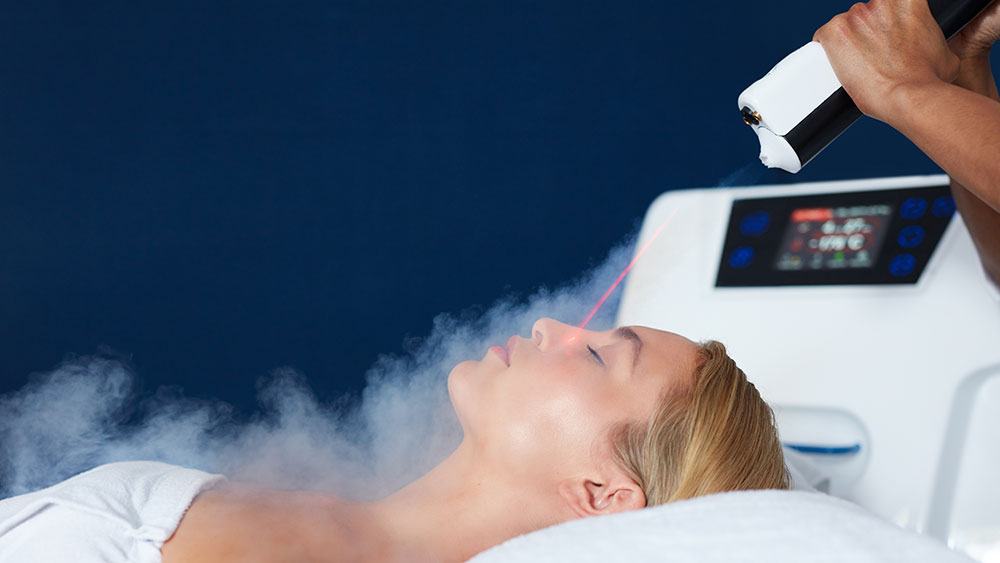Liquid nitrogen cryotherapy – cryosurgery

Cryosurgery involves the controlled freezing of tissue for the purpose of destroying certain lesions on the skin. A substance that produces low temperatures is called a cryogen. The most widely used today is liquid nitrogen, without which the work of any dermatology office is practically unthinkable. Liquid nitrogen does not pollute the environment, it is not flammable, and it causes rapid freezing of the treated tissue.
Several factors, including the type, size, depth, border, localization of the lesion, as well as the patient’s skin type, are taken into consideration when choosing cryosurgery as the method of choice.
Performance technique
The patient sits or lies on the examination table. In most cases, anesthesia is not used before cryotherapy. However, if the procedure is painful for the patient, especially in children if a longer treatment time is planned, local anesthetic may be applied.
The most commonly used cryosurgical technique is the open spray technique. A cryosurgical spray unit is used – a cryo bottle, with nozzles of different opening sizes, which regulate the width of the jet. The jet of liquid nitrogen is directed towards the lesion, from a distance of 1–2 cm.
The swab technique with a piece of cotton wool soaked in liquid nitrogen is another option for performing the cryosurgery procedure. A small amount of liquid nitrogen is poured into the container, then a stick with cotton wool is immersed in the nitrogen tip-down, and cooled. The tip of the stick is firmly pressed against the lesion, until a halo of about 3 mm is formed around the lesion.
Indications
- Seborrheic keratoses
- Actinic keratoses
- Viral warts
- Solar lentigo
- Keloids
- Hypertrophic scars
- Sebaceous hyperplasia
- Dermatofibromas
Apsolutne kontraindikacije za kriohirurgiju su lezije koje zahtevaju patohistološku verifikaciju dijagnoze.
Is the intervention painful?
Complications of performed cryotherapy are rare, and the most common among them are pain, localized at the site of application, as well as a bulla (bubble), which is often an expected reaction. Most patients describe the procedure as uncomfortable. With children, it is necessary to establish a trust so that the procedure can be carried out.
How many treatments are required?
Cryotherapy requires repeated visits, until the treated changes disappear. The number and frequency of treatments depends on the type, size, localization, number of changes, as well as the patient’s individual response.
It is recommended to repeat the treatment after 7–15 days.
Patient monitoring and instructions
Treated lesions usually heal in 1–2 weeks. The patient should be informed about the appearance of swelling, smaller and larger blisters, in the first 24 hours after the treatment. Skin care should be applied as usual: washing the skin with lukewarm water and soap and gently drying it with a towel.
Don't waste time, be confident and satisfied with your appearance from head to toe!
Schedule a free consultation today!
or call us
